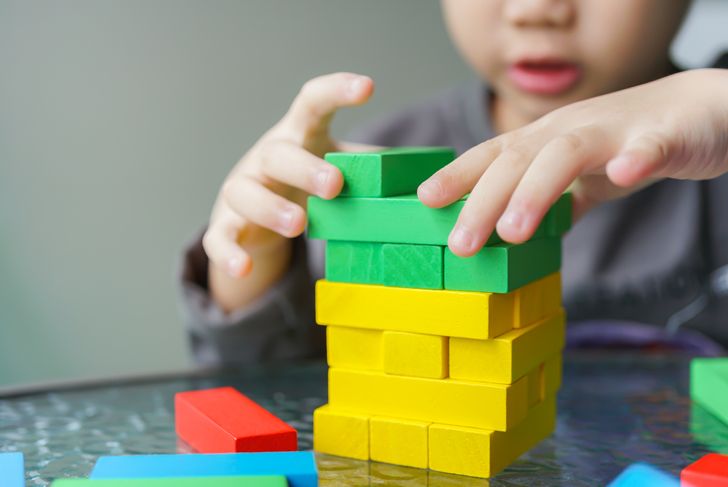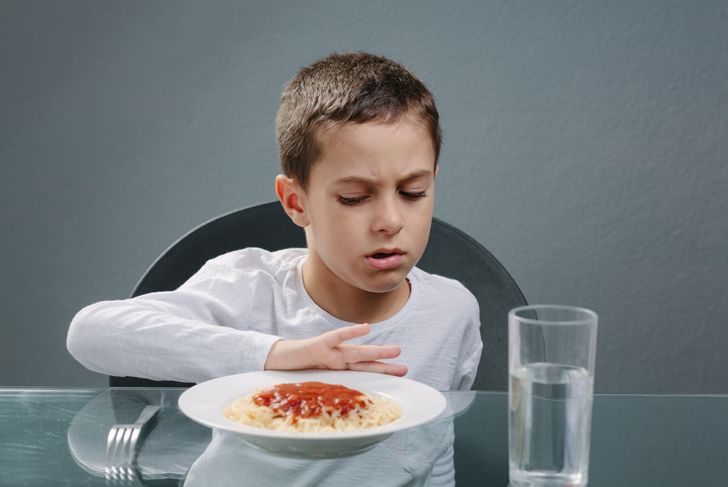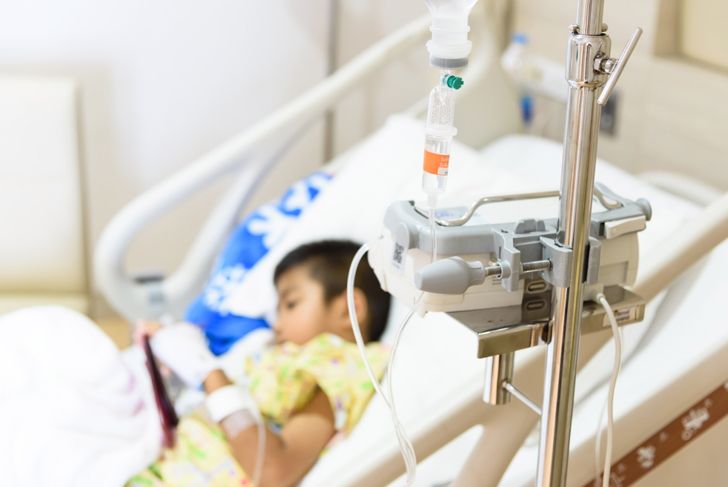Lead is the most important toxic heavy metal in the environment. According to the Centers for Disease Control and Prevention (CDC), children of 4 million households in the United States are exposed to high levels of lead. Usually, human exposure to lead happens in lead-related occupations from gasoline, pottery, boat building, lead-based painting, battery recycling, metal recycling and printing of books, to name a few. Exposure occurs through various routes like inhalation, ingestion or skin contact.Lead is highly poisonous and may affect almost every organ in the body. But of all the organs, both in children and adults, the nervous system is the more exposed to lead toxicity. Children up to the age of six are, however, especially, vulnerable to lead poisoning because of their fast rate of growth and development. Long-term exposure can lead to problems with mental and physical development, and in severe cases can result in coma or death.The following are the most common symptoms seen in children with lead poisoning.
Developmental delay
In a child developing brain, lead interferes with the synthesis of neurochemicals, including the neurotransmitters that make possible the crosstalk between neuronal cells. Lead reduces the number of neuronal cells too. Therefore, infants exposed to lead may suffer neurological impairments and exhibit delays in sitting-up, crawling, walking, and talking. Children who have been exposed to lead also show lower overall IQ scores than children who were not. They are also shorter on average and weigh less than non-exposed children.Babies are most vulnerable to lead poisoning because they spend a lot of time on the floor, around dust which may be contaminated by lead. Infants constantly put items in their mouths, which may contain traces of lead, or may pick up some contaminated dust from the flood. Parents should avoid giving their children toys or games which were painted before 1976 in the United States, as well as toys which were painted outside of the US unless they are certified, as they may contain lead.
Learning difficulties
Since lead affects cognitive development of young children, it can result in learning difficulties that can be carried into adulthood. Magnetic resonance imaging (MRI) shows that the brain of adults exposed to lead during their childhood has a smaller volume. One study investigating the long-term effects of lead exposure in early childhood showed that the earlier the child is diagnosed with lead poisoning, the more likely he is to be diagnosed with a reading disability. Also, almost half of the subjects in the study who had early childhood lead poisoning left high school before graduation. It is worth mentioning that this cognitive impairment secondary to lead intoxication can take place even at very low levels.
Behavioral problems
Children exposed to lead are more likely to exhibit delinquent behavior than children who were not. In few studies, The Child Behavior Checklist (CBCL) was used to measure behavior of children who were exposed to lead when compared with those who were not. All studies showed a significantly higher CBCL Total Behavior Problem Score (TBPS) in exposed children. These children exceeded clinical scores for attention, aggression, and delinquency. They present Attention deficit-hyperactivity disorder (ADHD), which can affect both learning and behavior, is also more prevalent in children exposed chronically to lead.
Abdominal pain
Gastrointestinal symptoms manifesting as cramping and abdominal colic usually result from long-term or chronic poisoning chronic. Since abdominal pain is an unspecific symptom, lead poisoning can be difficult to diagnose.
Loss of appetite
Loss of appetite is a classic symptom of lead poisoning in children, although this symptom alone may not raise concern for lead poisoning due to its non-specificity. High blood levels of lead (BLL) can affect the absorption of essential vitamins and minerals, and with loss of appetite, the danger of nutrient deficiency is even greater.If you think that your child may be suffering from lead poisoning, bring him/her to a health care provider as soon as possible for evaluation.
Sluggishness or fatigue
Children are not inherently “lazy.” When a child is chronically overly tired or fatigued, something may be wrong. Children with chronic lead exposure may exhibit a lack of interest in games or activities or a gradual decrease in energy levels over a few weeks or months. Take your child for medical evaluation if you see a change like this.
Pica
Pica is an eating disorder in which people eat things which have no nutritional value, such as paper, soil, or paint. Interestingly enough, pica can be caused by lead intoxication, but it can also exacerbate the problem if the child eats things that contain lead. In one study, an association was found between elevated BLL and ingestion of paint or plaster.
Anemia
Lead disrupts the cell membrane of red cells, which become more fragile and result in anemia. Moreover, lead is known to interfere with the formation of hemoglobin essential to red cell function; and there is also a large association between iron deficiency and lead poisoning. Also, preexisting anemia alone in these children may increase the susceptibility to lead poisoning. Children who are anemic may be lethargic, irritable, constipated, and short of breath. Look out for signs and symptoms and visit the doctor immediately if your child is acting unusual.
Seizures
Acute exposure to high levels of lead attacks the brain and central nervous system. This sometimes produces abnormal electrical activity in the brain manifesting in the form of convulsions or seizures. An epileptic condition, where a person experiences repetitive seizures chronically, may be triggered by lead poisoning. Seizures due to lead exposure are associated with long-term neurologic damage.
Encephalopathy and coma
There is no known safe blood lead concentration. As a consequence, even trace amounts of lead can cause brain damage in children. High blood levels of lead have been associated with very severe neurologic manifestations of encephalopathy. This is a condition characterized by brain swelling, delirium, coma, or even death. Along with bones, teeth, and blood, many other tissues store lead, such as the brain, spleen, kidneys, liver, and lungs. Women who were exposed to lead before or during pregnancy have it stored in their bones. According to The World Health Organization (WHO), during pregnancy, lead is reintroduced into the bloodstream, exposing the fetus to premature birth or a low weight. Reduce lead exposure by washing your children’s hands often. Soil can carry lead for years, as well as house dust—especially in homes built before 1978. If you have lead pipes, replace them. When you are away from home for an extended period, run the water for two minutes before using it to flush it out.If you think your child may have come in contact with lead, seek treatment from your child’s health care provider. Changes of blood cells visible under the microscope and modifications of bone structure seen on X-rays are currently used to detect lead poisoning. But the main tool is to measure the level of lead in blood samples.

 Home
Home Health
Health Diet & Nutrition
Diet & Nutrition Living Well
Living Well More
More



















